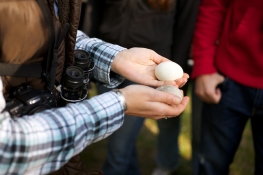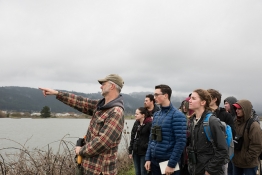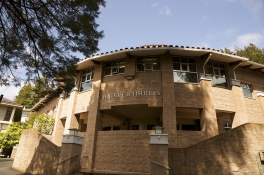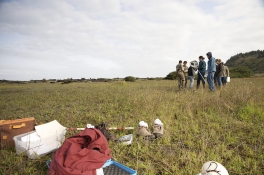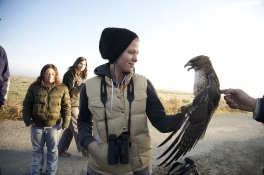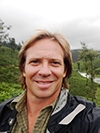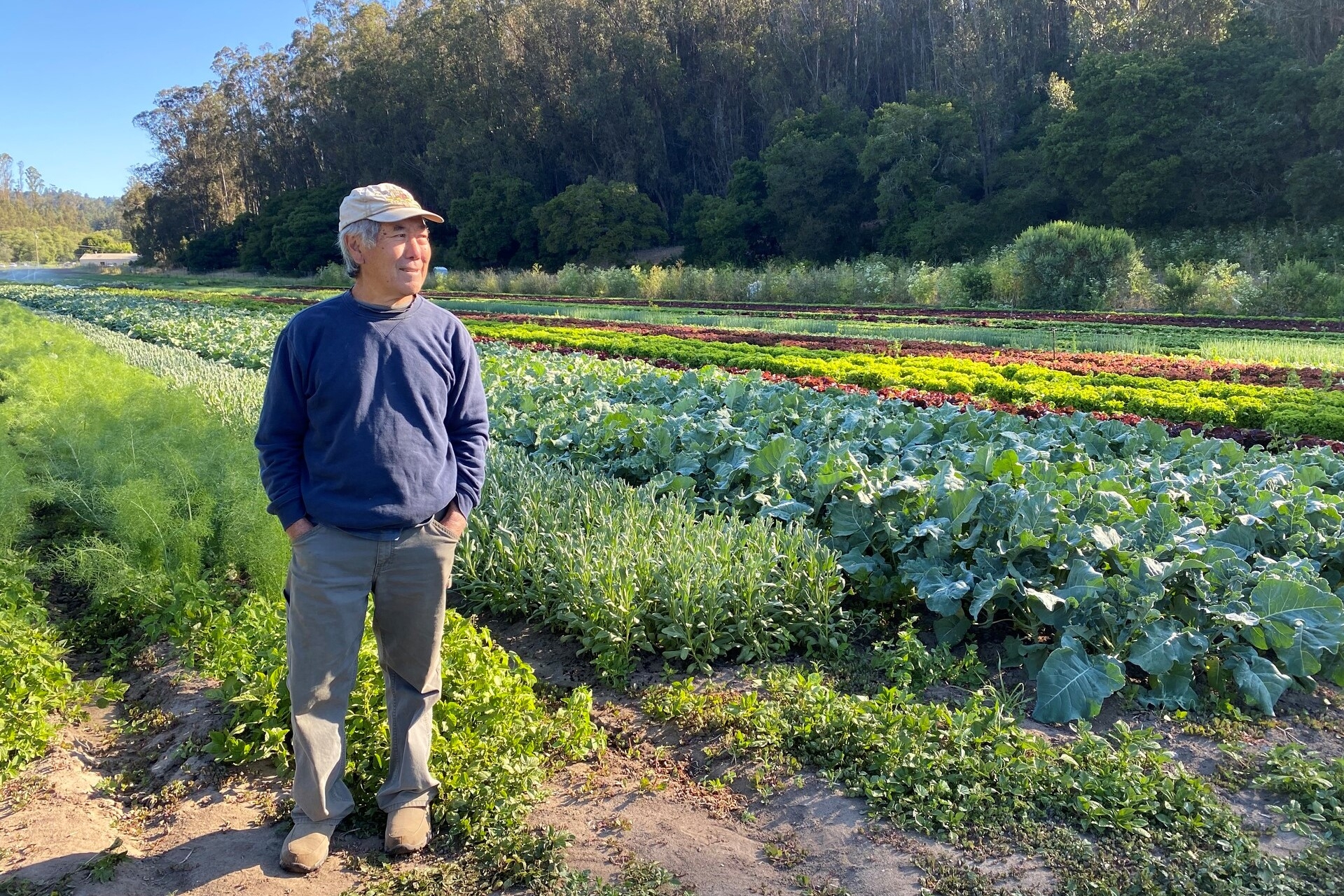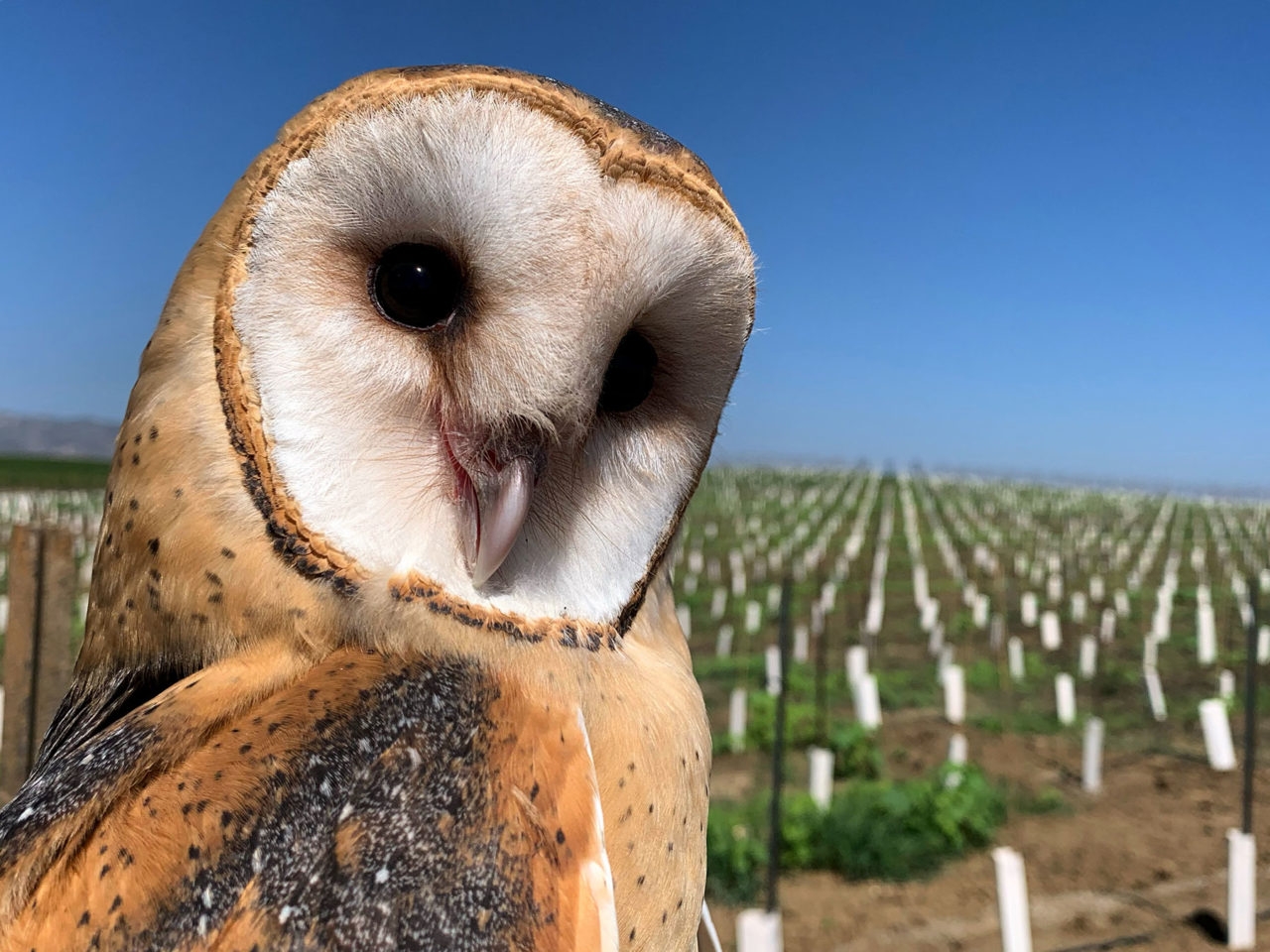Matthew Johnson
Johnson Lab Research
Habitat Ecology...a unifying theme
Our lab is fascinated by all aspects of wildlife Habitat Ecology - from the theoretical to the practical. Habitat ecology is the study of how animals interact with their habitats, which the lab investigates by identifying animals' critical resources and the factors that constrain their use. Such studies advance our ecological understanding and refine our conservation and management efforts. We purposefully work with a variety of taxa to better understand emergent relationships between animals and their habitats. Therefore, students in the lab work on a diversity of study systems, yet share a unified focus on habitat.
Follow the lab's work on Instagram
An emphasis on working landscapes
Our lab is particularly interested in the conservation of wildlife in so-called "working landscapes", meaning farms, rangelands, and managed forests where many of the world's people work, live, and play. These areas not only provide food and fiber to sustain human communities and economies, they can also provide homes for wildlife, sequester carbon, filter and store water, cycle key nutrients, and offer people places of refuge and inspiration. These ecosystem services, perhaps better thought of as environmental gifts, represent a reciprocal relationship between people and the rest of nature. As Aldo Leopold once wrote, "When the land does well for its owner, and the owner does well by their land – when both end up better by reason of their partnership – then we have conservation."
Current & former graduate students in the lab
Birds & Vineyards

Most recently, our lab has been researching the role of birds in California’s winegrape vineyards. Many winegrape farm managers have installed nest boxes for barn owls and songbirds in hopes that the birds control insects and rodent pests such as gophers and voles. The lab is pursuing this line of research with a series of related projects, starting with determining how barn owls select boxes, how they hunt across the landscape, how surrounding habitats affect hunting in the vineyards, and farmers’ perceptions of the owls and their potential to control rodents. We’re working mainly in Napa Valley, where there are over 300 barn owl nest boxes. We're now expanding the work to other birds such as bluebirds and swallows. This line of research is important because it could help one of California’s most economically important industries become less reliant on chemical pesticides that have negative impacts on the environment, and it is fascinating to Matt because it combines his interests in birds, agriculture, and ecosystem services (see below) right here in California. Not to mention he loves owls…and wine. Here’s a short video on the topic by Great Big Story featuring my former student Carrie Wendt, and another produced by Wild Farm Alliance. Learn more about this project on Facebook or Instagram. See our one-page list of recommendations for installing barn owl boxes, with links to buy or build them yourself.
See Current & Former Graduate Students
Habitat Models
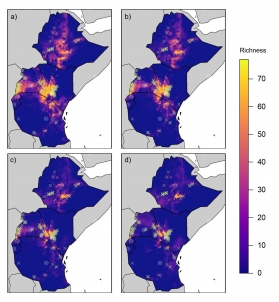
Habitat models are mathematical or cartographic constructions that wildlife ecologists use to predict & understand animals' distribution in space and time, usually in reference to types of vegetation. They are especially useful for land managers because they can help assess the impact of proposed land-use changes. Many habitat models incorporate Geographic Information System (GIS) technology. Our lab is interested in both the construction of new wildlife habitat models and evaluation of existing models.
Jamaica Research

For many years Matt and his students studied the ecology of birds in Jamaica, where Matt's PhD dissertation research was focused. Matt was first fascinated by how migratory and non-migratory (resident) birds are distributed among natural and agricultural habitats, and how their populations are influenced by food supply. This led the lab's first students to work in coffee farms, where we discovered that birds can help control insect pests, an example of an ecosystem service (see below). Our work led to many publications and has been occasionally featured in popular articles, such as in National Geographic and Audubon magazine. We are no longer actively pursuing research projects in Jamaica. Instead, we have turned our attention to other coffee-growing regions, including Kenya.
Learn more about this research »
Kenya Research
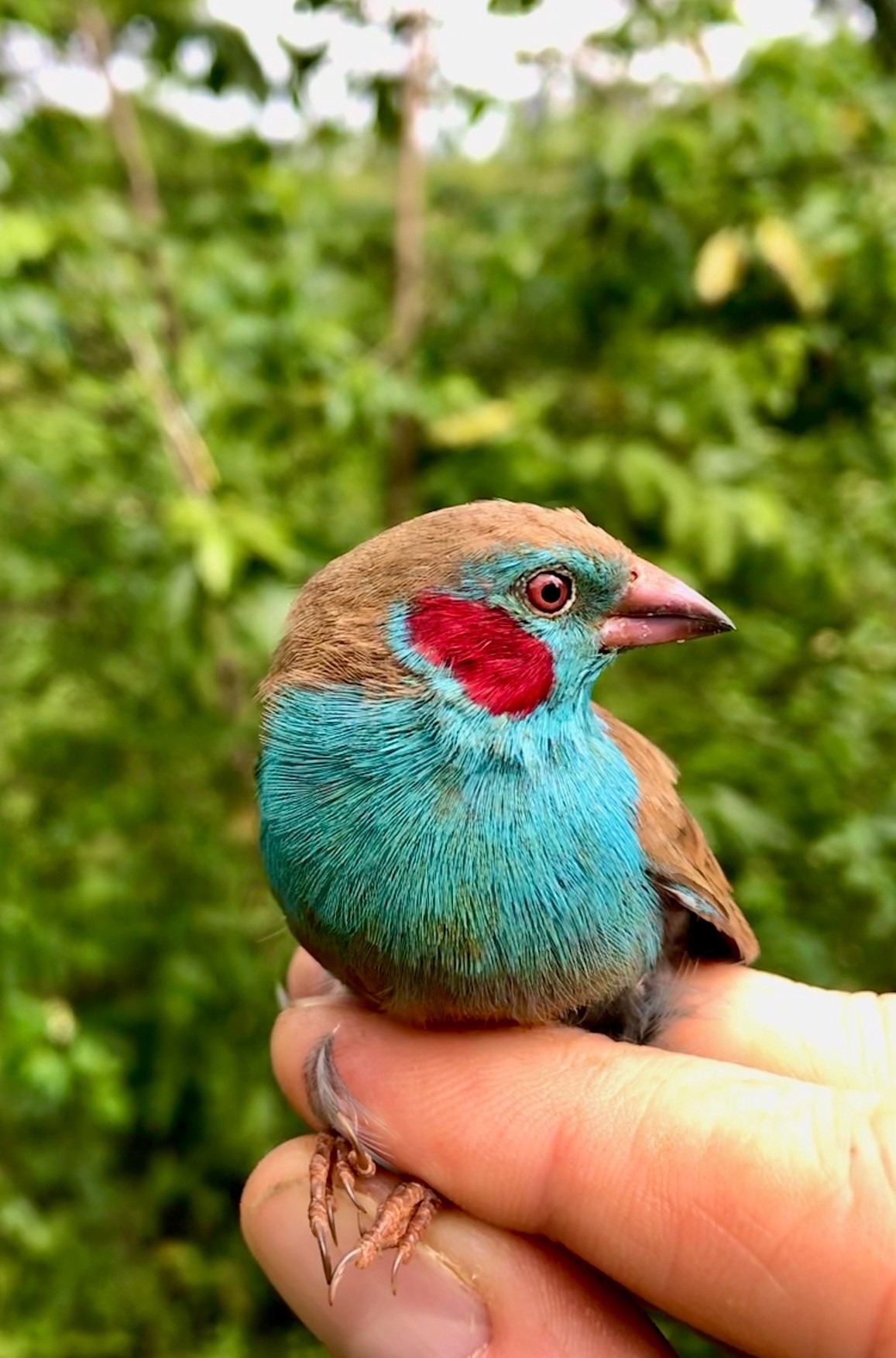
With the Jamaican research coming to a close, the lab turned some attention to related research questions in Kenya. With collaborators Dr. Tim Bean at Cal Poly San Luis Obispo and Dr. Julie Jedlicka at Missouri Western State University, the lab has studyied birds and insects in coffee farms. Specifically, we are working to understand how habitat, such as the amount of shade trees on a coffee farm, can influence the bird community and whether this has implications for the birds’ potential to control insect pests. We are also examining how projected climate warming might affect the distribution of birds and their impact on pests.
See Current & Former Graduate Students
Ecosystem Services
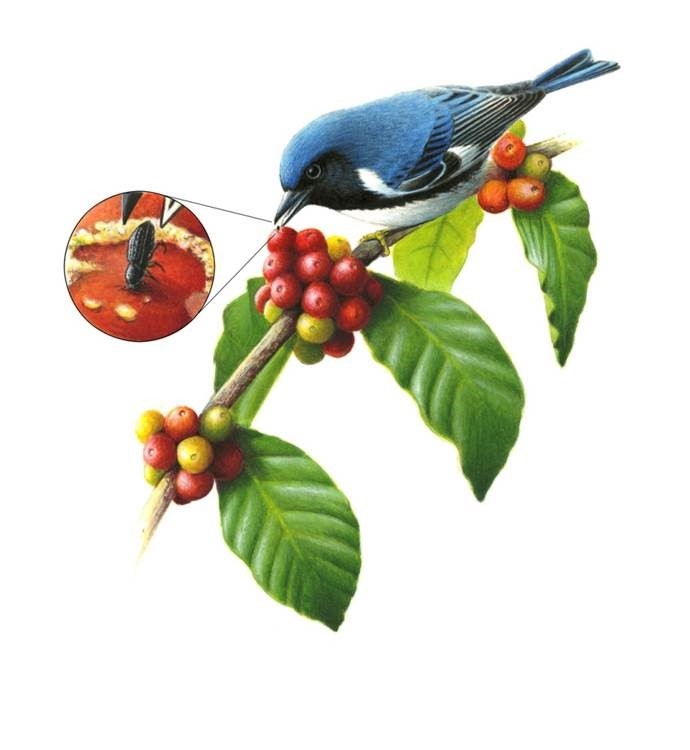
Ecosystem services are processes provided by nature that help sustain and fulfill human life. Some ecosystem services are provided mainly by plants - such as the regulating services of air purification and of carbon sequestration. Other services are provided by entire ecosystems - such as erosion control, moderation of weather and climate. Cultural values such as the provisioning of aesthetic beauty and spiritual stimulation can also be considered "services" provided by nature. In addition, some animal species provide important ecosystem services - such as pollination, pest control, seed dispersal, and waste removal. These animal-delivered ecosystem services can be extremely important both ecologically and economically, and they offer a powerful incentive for wildlife conservation. Our lab examines ecosystem services provided by wildlife, and we are especially interested in exploring how mobile organisms provision ecosystem services across a landscape.
Interdisciplinary studies related to wildlife
We believe there is general consensus that higher education's most fundamental purpose is, in David Orr's words, to build a citizenry prepared to work toward achieving healthy, resilient, just, and prosperous human communities that are living within their means economically and ecologically. Many different skills and disciplines must be brought to bear: economics, politics, and the natural, environmental, and social sciences. The classic humanities are critically necessary as well, to provide the context, for example, of how history, philosophy, and the arts both reflect humanity's past and shape its future relations with the natural world upon which our fate now so clearly depends.
Our lab is interested in examining interdisciplinary questions relating to sustainability and wildlife. As such, we have collaborated with economists and sociologists from Cal Poly Humboldt and elsewhere to investigate the nexus of wildlife conservation and human communities. Students interested in examining social science research questions related to wildlife conservation or pursuing projects that lie at the intersection of social movements and conservation work should contact Matt and look into Cal Poly Humboldt's Environment and Community (E&C), which is an interdisciplinary Master's of Arts program.

